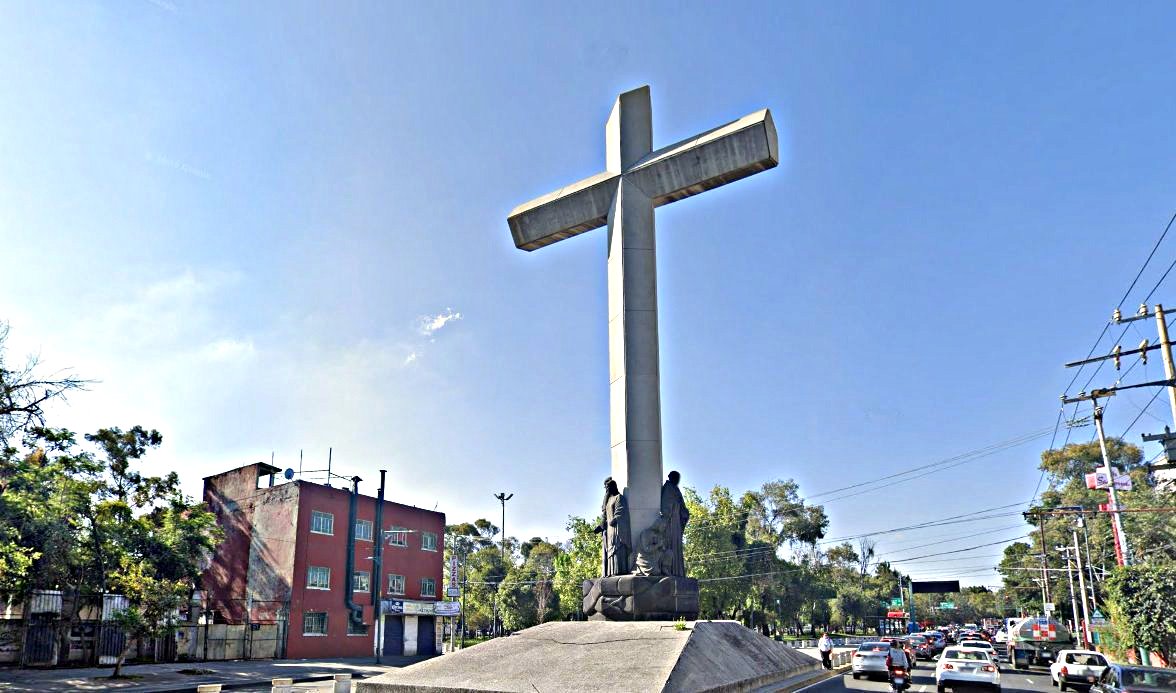
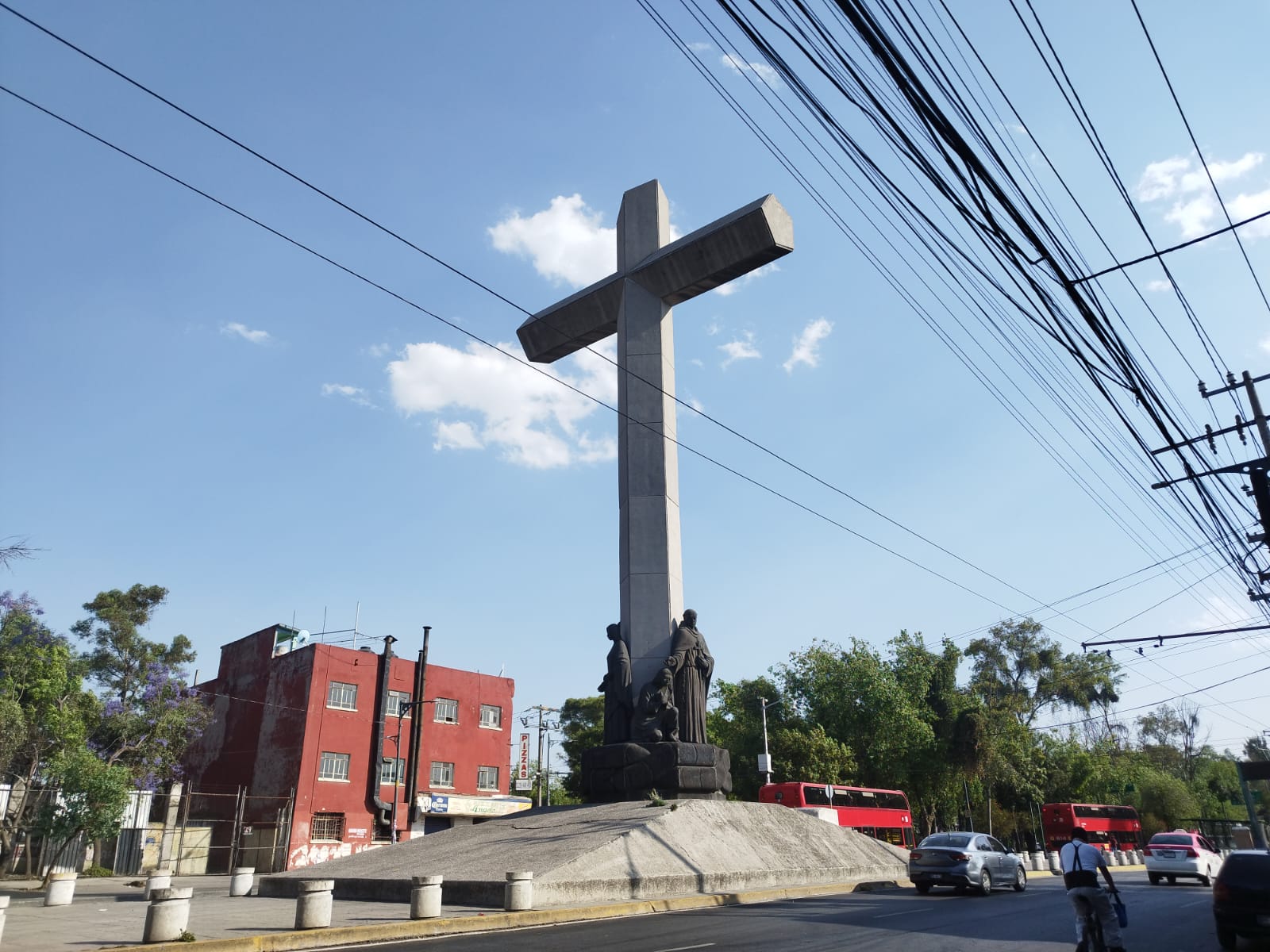
The Pilgrims Monument stands at the traditional beginning of the Calzada de los Misterios. The street extends northward from here and reaches the Basilica de Guadalupe in just over 3.5 kilometers. An ancient road, it originally crossed the dyke built at the orders of Netzahualcoyotl in 1449. Sacred, even then, the street led to the shrine of the ancient Mother Goddess, Tonantzin. That was later converted to the Shrine of the Virgin of Guadalupe during the colonial period. Devotion to the cult only continued to grow in importance until the late 20th century.
Needless to say, that devotion also helped to maintain the importance of the street over this same long period. Pilgrims, and those whose livelihoods depended on the daily passage of the devoted began to build shrines along the way. By the 1670s, architect Cristóbal de Medina Vargas had proposed the formalization of these intermittent stops into monuments depicting the 15 “Mysteries” of the Catholic Rosary. Construction began in 1675.
These monuments stood proud for some 300 years. But by the end of the 20th century, only eight of the original 15 remained. In 1997, Mexico City began a project to replace the missing seven, and to restore the others while restoring the street to a walkable promenade. All of this was in anticipation of a planned 1999 visit by Pope John Paul II.
The monumental cross was placed at that time. At 22 meters high, it’s based on the Cross of Evangelization delivered by the same Pope to Santo Domingo in the Dominican Republic to mark five centuries of proselytizing in the Americas. It’s not something often remembered today. The single design feature the two crosses have in common is the diagonal notch at the very top.
The cross came to be known as the Monumento a los Peregrinos (Monument to the Pilgrims). Pope John Paul II famously blessed it during the 1999 visit.
At the base are four religious figures, representing the first evangelical pilgrims. Traditionally, these are Pedro de Gante, Juan de Ayora and Juan de Tecto, the Franciscans who arrived in 1523. A fourth represents the Dominican order who arrived in 1526.
Now, whether or not you’re on any sort of pilgrimage, the Calzada marks a historic and still-fascinating trek.
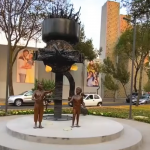
Nearest at 0.09 kms.
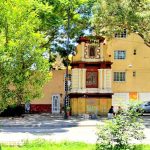
Nearest at 0.17 kms.

Nearest at 0.31 kms.
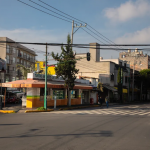
A curious neighborhood at the base of the Calzada de Guadalupe . . .
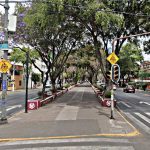
A fine pilgrimage route makes the perfect promenade for strolling, too . . .
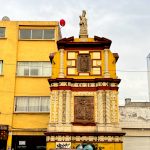
The Fifth Glorious Mystery on the pilgrimage route the Basilica . . .
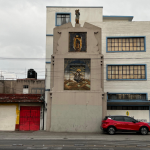
The Fourth Glorious Mystery on the ancient pilgrimage route to the Basilica . . .
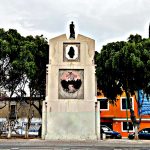
The Third Glorious Mystery on the ancient pilgrimage route . . .